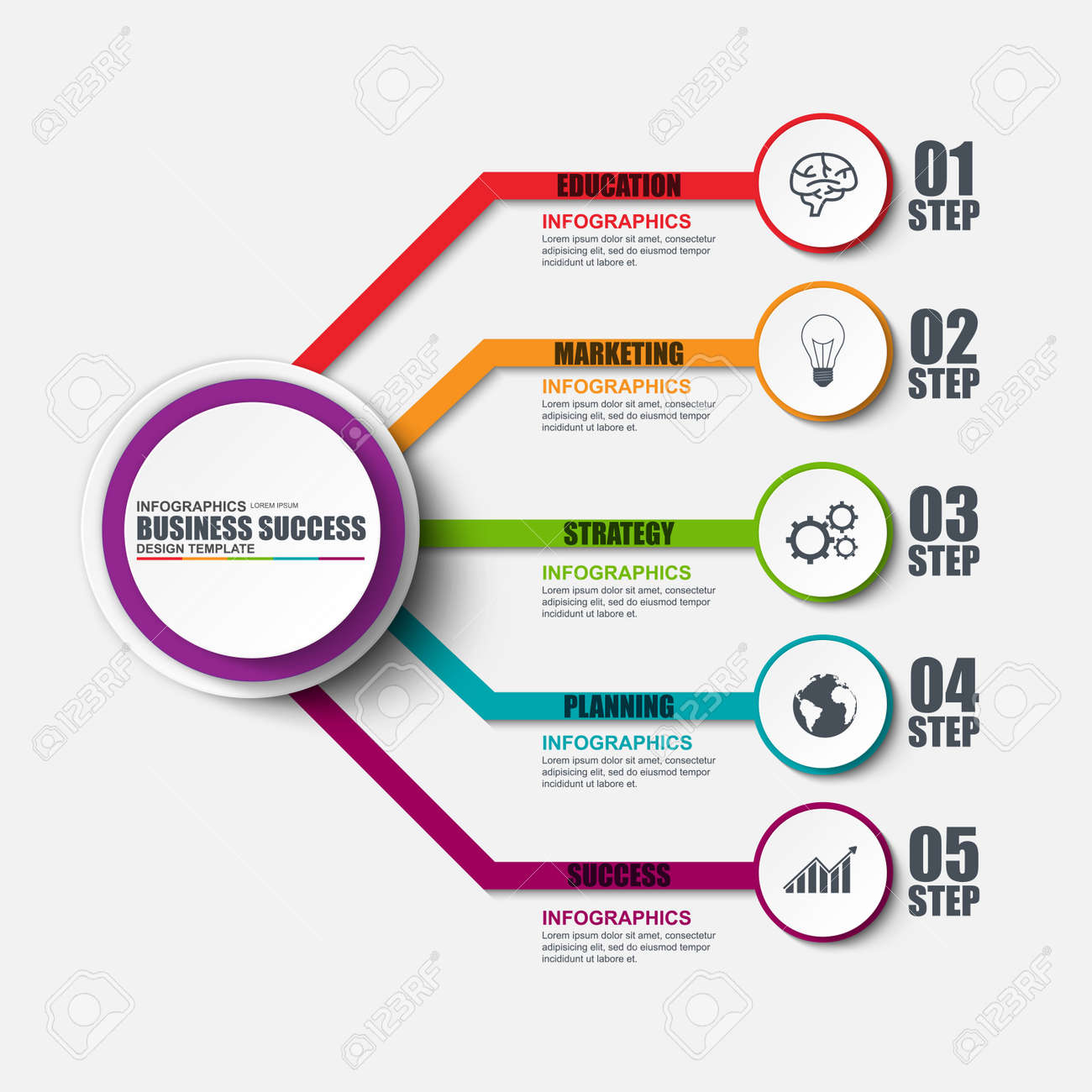The Growth Of Web Design: Then And Now
The Growth Of Web Design: Then And Now
Blog Article
why not try this out -Booker Lunde
In the past, internet sites were basic and concentrated on information. Navigating was straight, and layout was for desktop computers. Currently, customer experience is crucial. Data guides styles for easy navigating. Responsive designs suit different gadgets. Today, dark setting minimizes strain, and minimalist menus enhance navigation. Interactive functions involve individuals, and strong visuals stand apart. AI integration improves interaction. See exactly how style has actually evolved to improve your on-line journey.
Very Early Days of Website Design
In the very early days of website design, simplicity preponderated. Sites were standard, with restricted colors, fonts, and formats. The emphasis was on providing information rather than flashy visuals. Users accessed the net via slow-moving dial-up links, so rate and functionality were vital.
Navigation food selections were straightforward, usually situated at the top or side of the page. Sites were made for desktop computers, as mobile browsing wasn't yet common. Web content was king, and designers focused on easy readability over complex style aspects.
HTML was the primary coding language made use of, and designers had to work within its restraints. Computer animations and interactive functions were minimal compared to today's requirements. Internet sites were fixed, with little vibrant material or tailored user experiences.
Increase of User-Focused Style
With the evolution of internet site style, a shift towards user-focused design concepts has actually come to be significantly prominent. Today, producing internet sites that prioritize customer experience is important for engaging site visitors and accomplishing service objectives. User-focused layout includes recognizing the demands, preferences, and habits of your target market to customize the website's layout, web content, and features as necessary.
Designers now conduct thorough research study, such as customer studies and usability testing, to gather understandings and feedback straight from individuals. This data-driven method helps in producing intuitive navigation, clear calls-to-action, and aesthetically appealing user interfaces that resonate with visitors. By positioning the individual at the center of the design process, sites can deliver a more tailored and enjoyable experience.
Receptive layout has also emerged as a key aspect of user-focused design, ensuring that sites are optimized for various tools and display sizes. This adaptability enhances access and use, dealing with the diverse methods individuals engage with sites today. Essentially, the increase of user-focused design symbolizes a shift towards developing electronic experiences that focus on the demands and assumptions of completion individual.
Modern Trends in Website Design
Discover the latest fads forming web design today. One noticeable pattern is dark mode layout, offering a smooth and contemporary look while minimizing eye strain in low-light settings. Another essential fad is minimalist navigating, streamlining menus and boosting user experience by focusing on essential elements. Incorporating micro-interactions, such as computer animated switches or scrolling impacts, can produce an extra appealing and interactive site. Responsive style remains crucial, guaranteeing seamless customer experiences throughout different tools. In addition, making use of vibrant typography and unbalanced designs can add aesthetic rate of interest and draw attention to particular material.
Incorporating Healthcare SEO Experts , like chatbots for customer support or tailored recommendations, boosts individual interaction and streamlines processes. Ease of access has also become a considerable pattern, with developers focusing on comprehensive layout techniques to accommodate varied individual demands. Embracing sustainability by enhancing web site efficiency for speed and effectiveness is an additional emerging pattern in website design. Working together with user responses and data analytics to repeat and improve layout continuously is vital for staying pertinent in the ever-evolving electronic landscape. By accepting these modern trends, you can develop an aesthetically appealing, user-friendly web site that reverberates with your target market.
Conclusion
As you assess the development of website style from the early days to now, you can see how user-focused layout has become the driving pressure behind modern trends.
Welcome the trip of adjustment and adaptation in website design, constantly keeping the individual experience at the leading edge.
Remain current with the most recent fads and innovations, and never ever stop advancing your strategy to produce visually spectacular and straightforward internet sites.
Evolve, adapt, and develop - the future of website design is in your hands.
